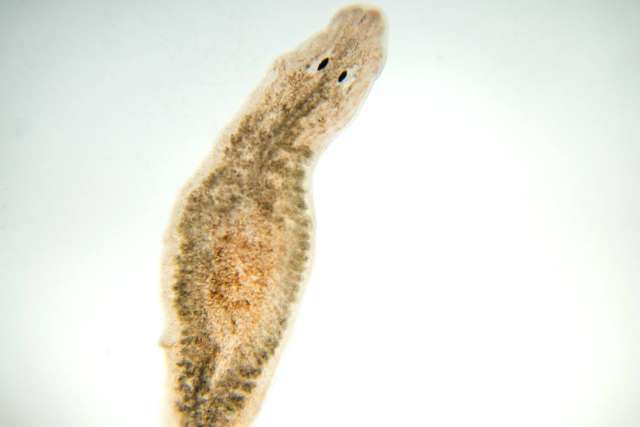
In humans, like in most mammals, sex chromosomes called X and Y determine an individual’s sex. People with two X chromosomes are typically born in bodies that present as female. Those with an X and a Y are born in male-presenting bodies.
Looking beyond mammals, however, it’s clear that there are many ways of determining sex. In birds, for example, Z and W chromosomes control the process. In some reptiles, the temperature of the eggs before hatching determines the sex of offspring.
So how did our own evolutionary ancestors come to develop X and Y sex chromosomes? That question has puzzled scientists for more than a century. A new study by UCLA researchers offers fresh insights into how the process may have unfolded. The study is published this month in Nature.
Searching for missing evidence
Previously, scientists had theorized that sex chromosomes arose in the distant past when a pair of autosomes (non-sex chromosomes) underwent a series of specific changes. Mathematical modeling supported this theory; yet something crucial was missing.
“Most prior studies looked at animal species in which the two sex chromosomes were already highly differentiated. Direct evidence of a transition from autosomes to sex chromosomes was lacking,” says Longhua Guo, PhD, who led the UCLA research.
Rather than studying fish or flies, Guo zeroed in on a particular type of planarian (flatworm). This planarian has a characteristic that made it a good candidate for study: it is a hermaphrodite. That means it has both male and female sex organs in the same body.
The first step was mapping the planarian’s genome – the full set of genetic instructions found inside a cell.
“Before, we had an incomplete genome sequence that was in a bazillion pieces. You couldn’t put together entire chromosomes,” says Leonid Kruglyak, PhD, senior author of the study. “Now, we have a great resource for anyone studying planarians.”
Kruglyak is a distinguished professor of human genetics and biological chemistry at the David Geffen School of Medicine at UCLA and an investigator of the Howard Hughes Medical Institute. He holds the Diller-von Furstenberg Endowed Chair in Human Genetics. Guo is a postdoctoral fellow in his lab.
Capturing a snapshot of evolution
As the researchers were studying the planarians, one pair of autosomes stood out.
“These autosomes are not sex-determining at this point,” Kruglyak says. “Yet they look like they may be sex-primed. In other words, they are starting to show some features that may mark the early evolution of sex chromosomes.”
Specifically, these autosomes showed:
- Suppression of recombination. In most chromosome pairs, genetic material is exchanged through a process called recombination. In sex chromosomes, however, most of the Y no longer shares material with the X. Likewise, in the key pair of planarian autosomes, a big portion of each has stopped sharing material with its counterpart.
- Genetic divergence. These large portions are genetically distinct. Interestingly, they contain many genes that function only in males or females.
Does this mean that the planarians are partway down the path of evolving from hermaphrodites into two separate sexes determined by sex chromosomes? Only time will tell for sure. But the evidence thus far seems compelling.
“We think we have caught evolution in the act,” Kruglyak says.
Expanding the research repertoire
“People think of biomedical research as involving people or maybe mice,” Kruglyak adds. “Yet a much broader range of organisms is available to study.”
Lesser-known organisms sometimes have properties that make them especially useful to researchers. With today’s technology, it is now possible to tap that potential. At times, this can shed light on medically important issues. For example, prior to the study reported here, Kruglyak and Guo collaborated on research in leopard geckos. Their findings may have implications for better understanding melanoma.
Planarians are a case in point. They are famous for their amazing ability to regenerate any missing body parts. “The project that led to our discovery of sex-primed autosomes also set up a system for doing other genetic research in planarians,” Kruglyak says. “We have developed a resource not only for us, but for the entire scientific community. Who knows what doors it might open?”
Learn more about genetics research at UCLA.



